 In case you may not have known, Piscataway, NJ, where the third “American Yarchei Kallah” of Agudath Israel of America was held over Presidents’ Day weekend, means “Place of Dark Night” in the Lenape Indian language.
In case you may not have known, Piscataway, NJ, where the third “American Yarchei Kallah” of Agudath Israel of America was held over Presidents’ Day weekend, means “Place of Dark Night” in the Lenape Indian language.
But Piscataway was privileged to have its darkness dispelled for four days by the light of Torah, thanks to Agudas Yisroel’s Commission on Torah Projects—and I feel very blessed to have been one of those who were zocheh to both witness and participate in this monumental experience.
Perhaps what set the tone for the entire Yarchei Kallah, which took place at the Radisson Hotel, was what I discovered shortly before Shabbos began: a coterie of participants learning with incredible hislahavus within an hour of lichtbenschen. It was the very same excitement that would be felt at every turn over the ensuing three days as well. Perhaps a part of the reason lay in the timeliness of the Sugya D’Kallah: Hilchos Taanis.
As Rabbi Gedaliah Weinberger, chairman of Agudas Yisroel’s board, would explain to us at Melaveh Malkah on Motzoei Shabbos, the Rambam points out the suitability of fasting for financial crises similar to the current one, R”l. And as we were informed by Rabbi Asher Weiss, Av Beis Din, Darchei Horaha, and Rosh HaYeshiva, of Yeshiva Darchei Torah, a fast (shel ritzui) is always a proper way for us to plead our needs from Hashem Yisborach. Accordingly, the study of this multi-faceted sugya stood us all in good stead; may our learning be considered as if we indeed fasted at this time of great need for all Klal Yisroel.
Both our first davening as a group and our initial Shabbos seudah were marked by unbelievable achdus, as we all felt the relevance of the specialness of our coming together as a community of b’nei Torah and mivakshei Hashem. A fascinating shiur iyun (“B’inyan Taanis Hasha’os”) by RabbiAaron Lopiansky, Rosh HaYeshiva of the Yeshiva Gedolah of Greater Washington, combined with an intriguing shiur delivered by Rabbi Shlomo Gottesman, editor of Yeshurun, on the taaniyos of the 8th and 9th of Teves, dealt with aspects of the topic of fasting that are usually barely touched upon when Masichta Taanis is studied. By the time we all convened for the 10 pm Oneg Shabbos, we were frankly amazed at the breadth and depth of a subject most of us felt we had already mastered – but hadn’t.
Of course, an integral part of any Yarchei Kallah, whether in Yerushalayim or here in America, is the early-morning Daf Hayomi shiur. Three very capable maggidei shiur added to our learning pleasure—in their order of presentation: Rabbi Avrohom Meir Gluck, Rav of Kehilath Israel of Spring Valley; Dr. Yaakov Finestone, Daf Yomi maggid shiur Khal Bnei Shlomo Zalman; and Reb Heshy Katz, Daf Yomi maggid shiur, Beis Medrash of Flatbush.
Before musaf on Shabbos morning, we were delighted to hear from the Yeshiva Gedolah of Philadelphia’s Rosh Hayeshiva and Moetzes Gedolei HaTorah member Rabbi Shmuel Kamenetzky, who emphasized the need for displaying chesed, lovingkindness, toward our fellow Yidden – and for concentrating in our tefillos to make them more efficacious. Later in the afternoon, after Rabbi Kamenetzky delivered a shiur iyun entitled “B’inyan Kabbolas Taanis Utefillas Aneinu,” we davened a spirited mincha.
Seudah Shelishis included two excellent discourses, one from Rabbi Lopiansky, on the preciousness of the quality of busha; the other, by Rabbi Chaim Dovid Zwiebel, Executive Vice President of Agudath Israel of America, explaining why Agudas Yisroel undertook to organize Yarchei Kallahs like this one: to refuse to allow the public learning of Torah to be diminished even one jot!
On Motzoei Shabbos, a large contingent of guests who hadn’t spent Shabbos with us arrived, as they would again the next day, to hear the thoughts of the respected speakers. Before our Melaveh Malkah repast, we were privileged to hear an exciting shiur on “B’inyan Kabbolas Taanis” delivered by Rabbi Yosef Eichenstein, Rosh HaYeshiva of Yeshivath Rabbeinu Yaakov Yosef in Edison, New Jersey. The much-anticipated speakers at Seudas Dovid Mashicha included the Rosh HaYeshiva of Beth Medrash Govoha, Rabbi Dovid Schustal, and the Mashgiach, Rabbi Matisyahu Salomon. Rabbi Shustal encouraged us to focus our lives on Torah, promising us, in effect, that thereby we will merit the description afforded to our forefathers: “Vayeilchu vaya’asu.” We have to concentrate on taking the first steps toward this goal, he said, especially during these parshiyos of Mattan Torah; and on maintaining that focus throughout our lives, if we wish to achieve the “vayeilchu vaya’asu” that is so central a part of the Klal Yisroel’s mission.
For his part, the Mashgiach stressed the concept of “Modim” and its dual meaning and function: to admit and to thank. To this end, Rabbi Salomon emphasized the importance of our awareness of HaKadosh Boruch Hu in our lives, of not only His caring for our basic needs but His concern with each and every one of us.
On Sunday morning, we were privileged to hear a shiur from Rabbi Noach Isaac Oelbaum, Rav of Khal Nachalas Yitzchok in Queens, in which he dealt with the complicated issue of whether or not a choleh needs to eat “pachos pachos mikashiur” on Tisha B’av. A short while later, Rabbi Weiss delivered a dynamic shiur in which he categorized the various types of taniyos and illuminated sources for each sug. Both shiurim left the audience with a feeling of deep admiration for the two maggidei shiur and for the immense profundity and breadth of their knowledge.
Sunday afternoon saw a well-received shiur entitled “B’inyan Yesod Gidrei Taanis” delivered by Rabbi Don Blumberg, Rosh Kollel Yisroel V’Shimshon of the West Side, and Rosh HaYeshiva of Yeshivath Ohr Simcha in Englewood. Following dinner, we davened Maariv and listened intently to the rousing words of his’orerus, based on the hanhagos and machshavos of Rabbi Avigdor Miller, zt”l, delivered by, yibadel lichaim tovim, his grandson Rabbi Simcha Bunim Cohen, mara d’asra of Kahal Ateres Yeshaya in Lakewood. Rabbi Cohen impressed upon us how important it is to both acknowledge and thank the Basheffer continuously (redolent of the theme expressed by the Lakewood Mashgiach on Motzoei Shabbos) – even going so far as to show us a bag of apple pits which Rabbi Miller had carried around with him to remind him at all times of the miracles that lie in the very seeds of a piece of fruit!
Monday was the final day of this year’s American Yarchei Kallah. It was not surprising, then, that we attended the Divrei Machshava presented by Rabbi Avrohom Schorr with a mixture of excitement and regret – excitement, because of the famed depth of knowledge and sterling delivery of the Rav of Khal Tiferes Yaakov in Brooklyn; and sadness, because we knew that this wonderful nofesh l’nafsheinu was inexorably drawing to a close.
Our excitement was genuinely warranted. As Rabbi Schorr reminded us, the day was the yahrzeit of the Kotzker Rebbe. Citing an insight cherished by the Kotzker, by the Metzudos on Mishlei 12:25 (“Daagah b’lev ish, yashchenah; v’davar tov y’samchenah”), Rabbi Schorr emphasized that while it is oftentimes an important avodah to worry, it is an even harder (and more crucial) avodah to bring simcha in its stead – by realizing that whatever it is that is happening is indeed a davar tov (a timely message indeed for all of us in these difficult times!). In fact, the last shiur on this year’s sugya (“B’inyan Yesod Taanis Tes B’Av Ush’ar Taaniyos”), delivered by Beth Medrash Govoha’s esteemed Rosh HaYeshiva Rabbi Yeruchem Olshin, added immensely to our knowledge of the more complex aspects of this year’s Yarchei Kallah topic. Furthermore, Harav Olshin’s closing d’var Torah stressed that the aspect of sheer “sha’ashua” (delight) in the learning of Torah was the one thing that Par’oh most wanted to uproot. Interestingly enough, the Rosh HaYeshiva indicated that this was the same great pleasure which all the participants in this year’s Yarchei Kallah had derived from their intensive Torah learning over the past days!
And what about the n’shei chayil who had attended this year’s Yarchei Kallah in Piscataway with the hope of gleaning a marvelous spiritual experience and valuable ruchniyusdik insights themselves? They certainly were not disappointed, for the staff members of Agudas Yisroel were concerned that the women, too, should have a top-notch program. And so, tobegin with, they participated in a fascinating dialogue with Rebbetzin Tema Kamenetzky after the Friday-evening Seudas Shabbos, and listened raptly as noted lecturer Mrs. Tzippy Diamond addressed the topic of “Anochi Hashem Elokecha: Declaration or Commandment?” on Shabbos afternoon.
On Motzoei Shabbos, the ladies were treated to two truly special presentations: one, by Rabbi Reuven Drucker, Rav of Agudath Israel of Edison, entitled “Help in the Home on Shabbos and Yom Tov: A Very Practical Guide to Amira L’Akum”; and the second, by the very talented Judaica artist Rabbi Yonah Weinrib, entitled “The Beauty of Torah; the Beauty of Life.”
Sunday afforded the ladies three specially crafted presentations: the first from the founder of The Shmuz, Rabbi Benzion Shafier, entitled “The Arabs and the Jews”; the second, from the Director of Agudath Israel of New Jersey, Rabbi Josh Pruzansky, entitled “A New President, A New Agenda: Where Do We Go from Here?”; and the third (and one of my wife’s personal favorites), a presentation on “Tefillah: Who says We Haven’t Got a Prayer?”, delivered by Rabbi Eliyahu Bergstein, Senior Lecturer at Discovery Seminars. In addition, my wife presented me with two beautifully crafted candles which she had fashioned as part of a crafts program Sunday afternoon.
On the final day of the Yarchei Kallah, Monday, Rabbi Labish Becker, Executive Director of Agudath Israel of America, offered intriguing insights into “Simchas Hachaim: Living Happily Ever After.” Moreover, the ladies were encouraged to come to hear several of the other speakers who added a new dimension to our Yiddishe machshavos – including Rabbi Simcha Bunim Cohen and Rabbi Avrohom Schorr. A stellar program indeed!
After davening Mincha and eating lunch, we were constrained to say our farewells. But what kind of goodbye could one utter after such a soul-sustaining weekend? Ironically, the Asian front-desk clerk provided me with a suitable answer.
At first when I had attempted without success to ascertain the meaning of the name “Piscataway,” he volunteered the information that although he was not an American Indian, he was a native of this area in Middlesex County, NJ. In public school as a child, he had been informed of a different pshat in “Piscataway,” that is a compound Indian word, consisting of two parts: Piska and tawva. I gasped; after all, he was being quite serious! I even had him repeat his remark—“Piska” and “tawva.”
“Piska tawva” – isn’t that how we wish “a good kvittel” to our fellow Jews after the completion of the Yom Hakippurim fast? Although subsequent research supported the first pshat, offered at the beginning of this report, the new opinion certainly seemed to fit the bill, both in light of the Yarchei Kallah sugya, with its focus on fasting, and regarding what I desired most to wish my fellow participants.
Yes indeed, “Piska tawva” to all those who so diligently immersed themselves in this wonderful Torah program in Piscataway. “Piska tawva” to those dedicated Agudath Israel of America officers and staffers – especially Rabbi Avrohom Nisan Perl, Rabbi Eliyahu Simcha Bamberger and Mrs. Leah Zagelbaum (the organizer and overseer of the women’s program) who tirelessly worked to arrange the logistics of this wonderful weekend and to keep things running smoothly. And “Piska Tawva” to all those who learn Torah lishmah throughout the world.
May we all share many more such occasions in the future!
(By: Hillel L. Yarmove)

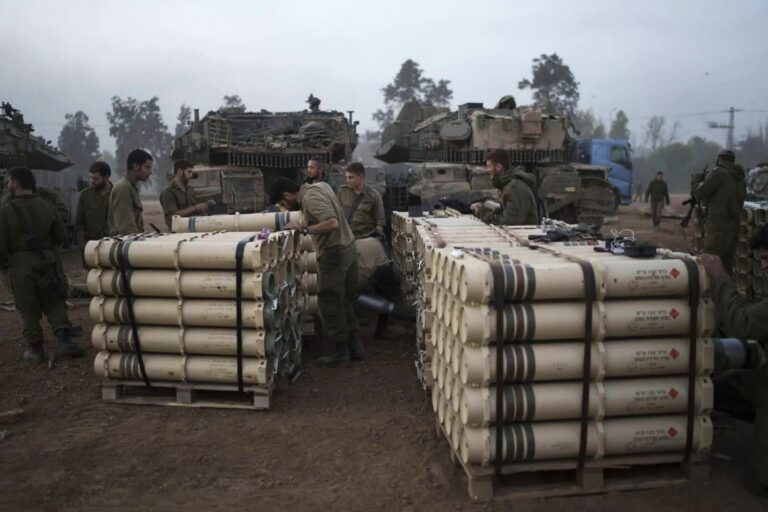
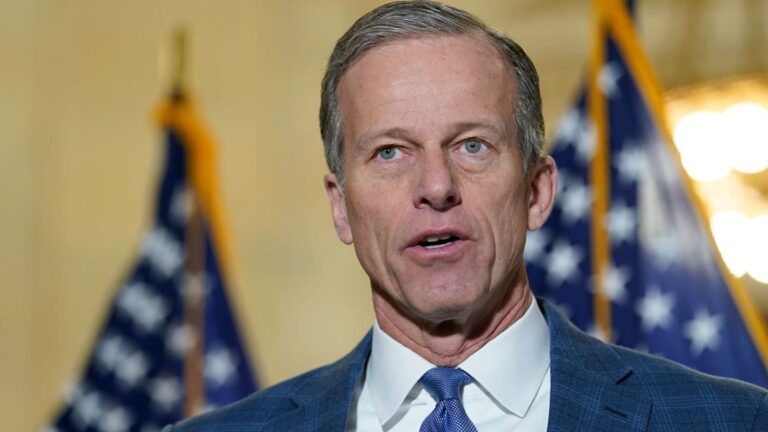

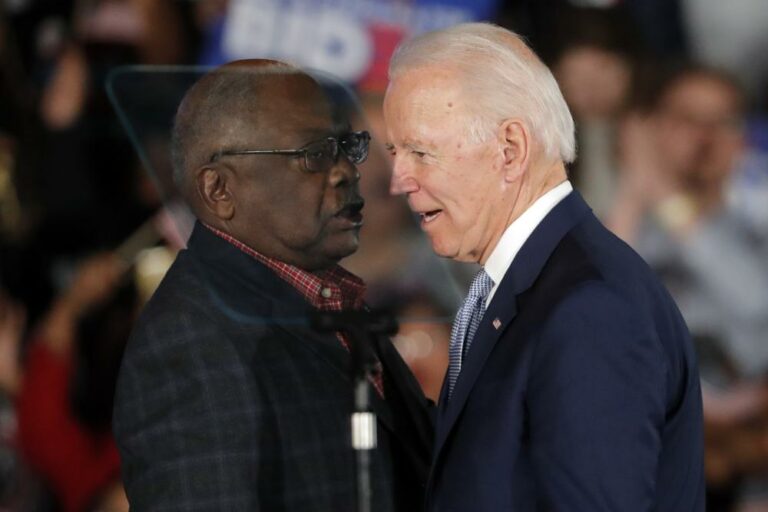
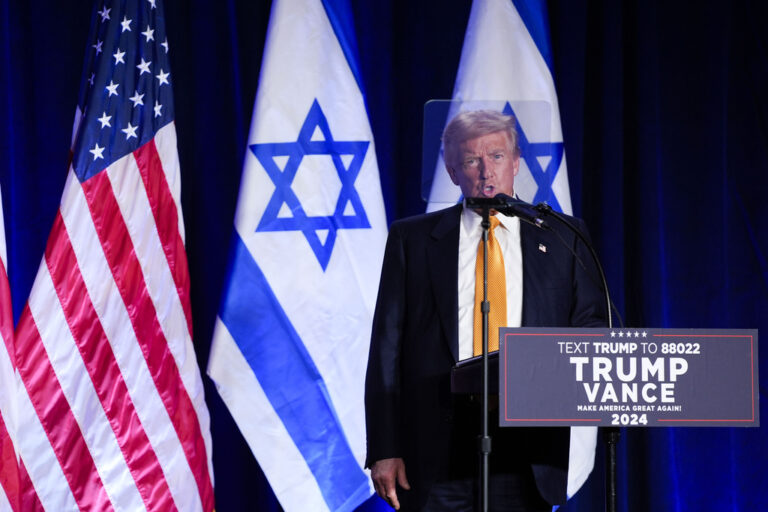
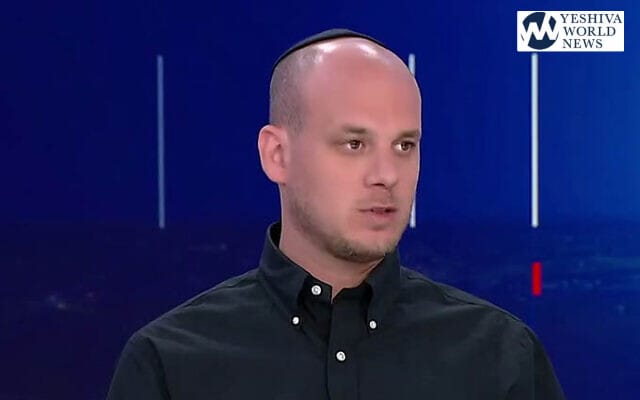

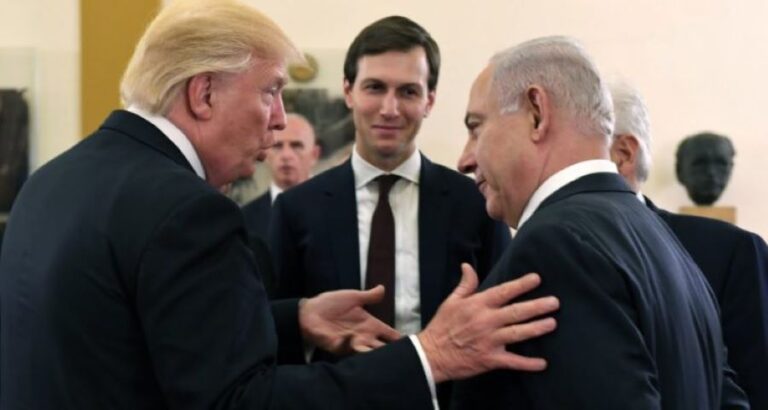
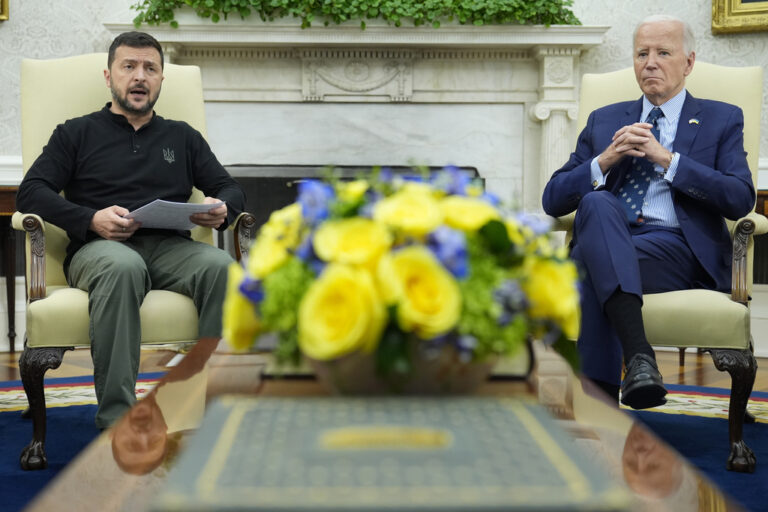

One Response
Very nice article, but Piscataway, NJ has light all year round. It is home to a Yeshiva for boys and a Yeshiva for girls, with over 150 children in each.